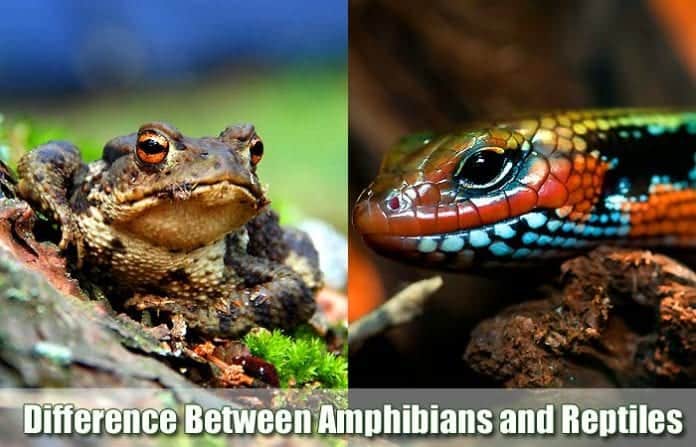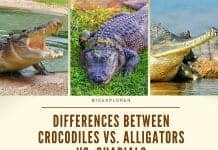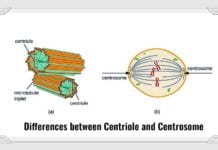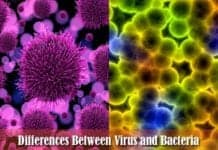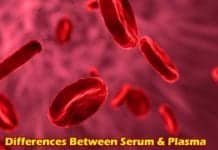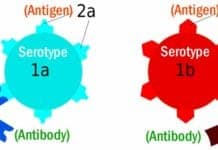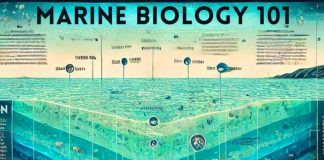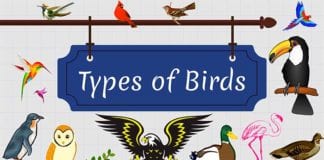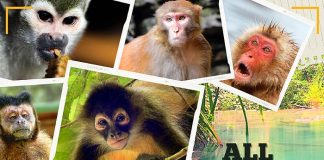Basically the word reptile came from the Latin word “
repere “
[2] which means “
to crawl ” which is basically one characteristics of reptiles. As far as
biologists are concerned, the main distinguishing characteristic of the members of Class Reptilia (reptiles) is that they are covered with hardened scales that act as defense and prevents further dehydration.
Most reptiles live in warm habitats like deserts because they need heat to keep themselves warm. As compared to amphibians and lower animal forms, they have larger brains and thus better intellectual capacity. Reptiles, excluding turtles The Class Reptilia is classified into four orders: Crocodilia (includes crocodiles and alligators Squamata (snakes and lizards), Testudines (includes tortoises and turtles), Sphenodontia (includes tuataras).
The Evolution Of Amphibians And Reptiles In a gross oversimplification of the
evolution of vertebrates, fish developed limbs to become
tetrapods (animals with four limbs) that resided the land. These tetrapods include succeeding organisms like amphibians, reptiles,
birds , and mammals.
The first amphibians developed right legs and spent time on land after their early larval stage spent in water. By living on land, amphibians can acquire more food due to less competition. However, one downside is that their skin must always be moist. Hence, they have to go back to water from time to time. An organism called the Seymouria Seymouria During the evolutionary process, reptiles evolved from amphibians and became the first true terrestrial vertebrates[3] . The change of environment From amphibians who previously were laying jelly-like eggs, reptiles had to lay them in shells for better chances of survival.
Similarities Between Amphibians And Reptiles Because of fossils, science has already proven that reptiles evolved from amphibians over 50 million years ago. Hence both share similarities in so many ways. Listed below are some of them:
Features Amphibians and Reptiles Classification Under Phylum Chordata and Subphylum Vertebrata. Body Metabolism Ectothermic (regulates body temperature depending on external sources). Feeding Mostly omnivores (consume plants and insects). Adaptation Able to exhibit camouflage (altering skin color to adapt to the environment), and mimicry (altering overall appearance to look like dangerous plants animals Cloacal Anatomy Both have the cloaca , an opening that serves as an opening for a genital, intestinal, and urinary outlet. Nervous System Rely on spinal segmental reflexes for locomotion.
Difference Between Amphibians And Reptiles While it has been said earlier that reptiles typically have evolved from amphibians, certain environmental factors on land have prompted reptiles to diverge from amphibians. They had to develop novel features to ensure survival and become different from amphibians. Listed below are these differences:
Features Amphibians Reptiles Origin First evolved about 370 million years ago. First evolved 315 million years ago. Habitat Live in aquatic environments during their larval stage but migrate to the land during adulthood. Most reptiles live on land, but some species (like turtles, crocodiles, and alligators) can thrive underwater. Mode of Respiration Breathe through gills and lungs. Breathe through lungs only. Life Cycle Undergo metamorphosis; during their larval stage, they breathe water using their gills but develop lungs (breathe air) in adulthood. No larval stage, the young is a miniature version of the adult. Vision Have colored visions but are restricted only to narrow bands of the color spectrum. Generally adapted to daylight and can distinguish various colors. Circulatory System Have three-chambered hearts. Have three-chambered hearts, but the ventricle is divided by a partial septum. External Integument Smooth, moist, and sticky mucus. Dry and full of scales made up of a protein called keratin. Defense Mechanism Secretion of toxins through the skin. Have hard scales and an overall body armor; can also produce toxins through nails and teeth. Appendages Forelimbs are short while hind limbs are long and highly muscular Usually have four equally sized limbs, but some species (like snakes) have none. Mode of Fertilization External Internal Mode of Reproduction Oviviparity (embryos develop inside the eggs but stay inside the mother’s body until they are ready to be hatched). Oviparity (embryos found inside the eggs develop and eventually hatch outside the mother’s body); some species exhibit viviparity (embryos are gestated inside the mother’s body. Eggs Embryos are contained within soft and gel-like eggs and considered anamniotic; They are laid in damp places or directly on the water surface. Reptilian eggs are considered “amniotic eggs” with hard and leathery outer shells; They are laid on land and kept in warm places until hatched. Examples Frogs, toads, salamanders. Lizards, snakes, turtles, crocodiles, alligators.
After seeing all the differences, can you accurately see the difference between amphibians and reptiles ?
Cite This Page
[1] – “Reptiles | The evolution of the reptiles and their characteristics. ” About animals. Accessed January 18, 2017. Link . [2] – Merriam-Webster. Accessed January 18, 2017. Link . [3] – “Reptile and Amphibian Evolution. ” Reptile and Amphibian Evolution. Accessed January 18, 2017. Link .
